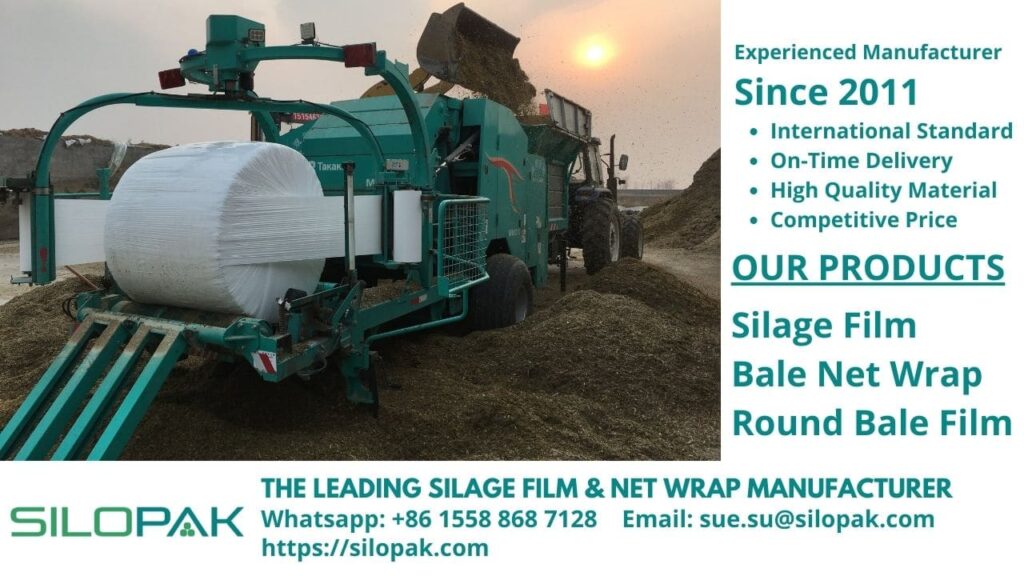Growing and feeding lucerne is accompanied by a series of processes and procedures. This type of green grass does not always just grow in the meadow. In many cases, farmers prepare special land, then plant this grass for various needs, one of which is for animal feed.
In this article, let’s discuss some important things you should know about growing and feeding lucerne, as well as the pros and cons of this green feed. How to make silage from lucerne? Let’s find the answer by listening to the following description.
contents
Know the Good and Bad of Lucerne for Animal Feed
Lucerne or alfalfa grass has long been considered one of the most reliable animal feeds because of its high nutritional content, so it can support productivity on farms. Growing and feeding lucerne is a culture on many farms, and it’s a good thing when it’s accompanied by technological adaptations for profitable innovations.
Let’s look at the pros and cons of lucerne so you can manage it wisely so that it has a good impact on the health and productivity of livestock, to avoid negative impacts:
Lucerne Content in Supporting Productivity in Animal Husbandry
The use of lucerne as raw material for silage and alternative feed effectively increases milk and meat production on farms. This green grass is high in protein, which is around 18-22 percent crude protein. Not surprisingly, this type of grass is very suitable to be harvested to make silage, supported by the use of high-quality silage film.
On the other hand, livestock easily digests this feed because of its high fiber content. Lucerne also plays a role in meeting the needs of minerals and vitamins which are important for livestock, so it contains amino acids similar to high-quality milk.
Lucerne Planting Is Relatively Easy
Lucerne’s growth was quite rapid after the planting initiation started. This is a type of plant that has a high level of tolerance to drought and can suppress weeds. In addition, the application of fertilizer is almost unnecessary because the need for nitrogen is very low.
Lucerne Harvest Time
This green grass does not grow at soil temperatures below 8 degrees Celsius. This means that the estimated harvest is around the cold spring and can still survive the hot summer. Apart from grazing the cows on the Lucerne meadows at the right time, farmers will also usually harvest this grass for their silage needs.
Lucerne Contradiction
Growing and feeding lucerne requires you to be prepared for the rapid growth of the lucerne so you will need to trim it about 3-4 times per year. This type of grass can also cause bloating when livestock consumes it in excess. The negative effects can even cause death when livestock are grazed in very hungry conditions.
Guide to Making Lucerne-Based Silage

Among many green feed ingredients, growing and feeding lucerne is very important for making silage or fermented feed. Silage making is usually done in the spring, and light grazing is done during the early fall. Let’s look at some of the following tips for making lucerne-based silage:
Lucerne Lawn Mowing Time
The most ideal time to mow the grass is in the afternoon without rain. The grass is then chopped to a uniform size in the range of 3-5 cm, then immediately compacted and placed in an airtight container. Another way is to wrap it in good quality silage film.
Lucerne Silage Film
Growing and feeding lucerne, cutting to wrapping silage must be supported by silage film that is resistant to punctures, and tears, and protects fermented feed from exposure to ultraviolet light. The packaging is carried out in several layers to ensure that the silage will last even if it is stored for up to a year.
In essence, making silage with lucerne raw materials must pay attention to many factors. For example, you’ll need to know what the ideal mowing time is, under what conditions the grass is going, and what wrapping device to use. As a recommendation, you should choose quality and guaranteed film silage.
The way to get it is very easy, you only need to choose a film silage supplier who is credible, experienced, and has a good track record of serving past clients. Film silage not only has to be resistant to punctures and tears but also has to be able to withstand sun exposure for up to a year.
Lucerne Silage Grazing or Feeding Techniques
The provision of lucerne for livestock effectively increases the productivity of meat and milk, thus supporting the health of livestock. But you also have to be aware of the risk of bloating which threatens the lives of livestock. For this reason, the time and amount of giving lucerne to livestock must be considered.
Giving lucerne at the right dose and time will make livestock healthier and more nutritious. Conversely, giving lucerne uncontrollably will cause havoc. This is one of the important insights that cannot be ignored in growing and feeding Lucerne.
After all, lucerne shouldn’t be the only feed ingredient. Especially if you want to make silage, lucerne must be mixed with other feed ingredients to provide a balanced nutritional effect. Thus a brief insight into growing and feeding lucerne. Hope it is useful!
